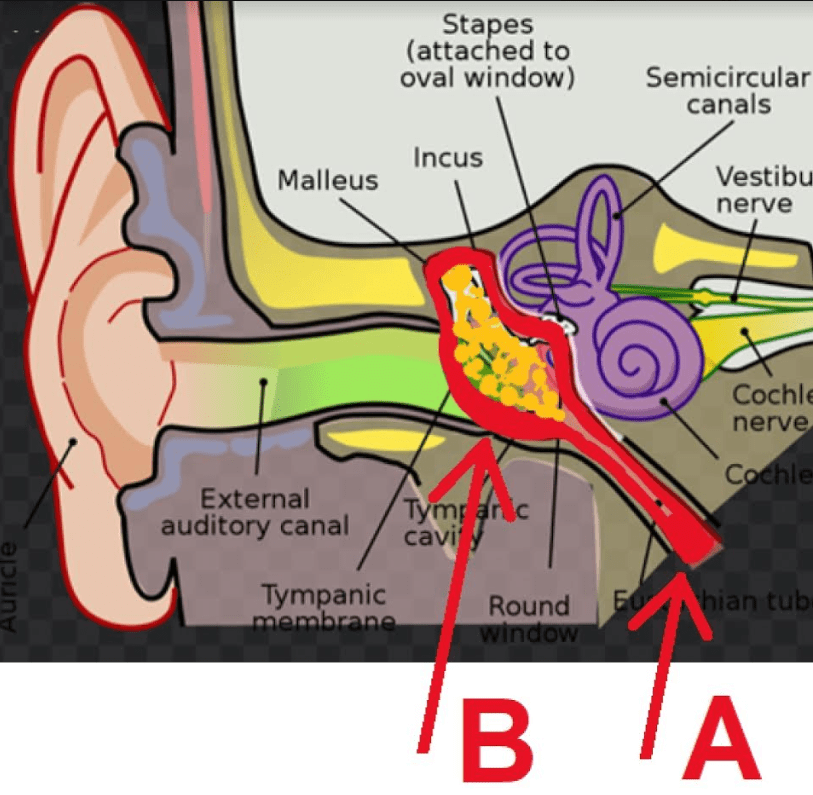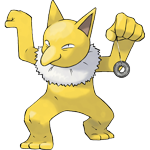

Your doctor may recommend a mild anti-inflammatory, like ibuprofen, for children over six months old. Unless your child already had a cold or flu, cold and flu medications are unlikely to help.

Children over the age of two can be encouraged to sleep propped up with pillows. Lying down can increase the sensation of pressure and discomfort in your child’s ears. Discharge from the ear, a sign of possible eardrum rupture.Difficulty hearing, often evidenced by asking you to repeat things or failure to respond to soft sounds.Sensations of pain and pressure in the ear.Children with Down Syndrome and other congenital issues with how their internal structures are formed may also be more prone to infections. Your child doesn’t need to have suffered a recent cold, though colds, flus and allergies can contribute to the frequency of infections. The pressure from lack of air flow and general swelling from infections can be very uncomfortable. The fluid becomes a breeding ground for bacteria, and the next thing you know, your child is experiencing the classic symptoms. Fluid is pulled out of the surrounding tissues.

When they’re swollen shut, the pressure builds. Normally, the pressure is relieved when we chew and swallow, which encourages the Eustachian tubes to open. A vacuum is formed by the natural pressure in your child’s ears. The opening to your child’s tiny Eustachian tubes get swollen shut. Once bacteria is in the ears, the inside of the ears gets inflamed. The ear can’t drain as effectively, and it’s easy for bacteria from the throat and nasal tract to travel into the ear. In children, the tubes are short and horizontal. In adults, they’re long and slanted for efficient drainage. These are the Eustachian tubes, the ear’s air pressure regulators and drainage system. If you could peak inside your child’s head, you would see thin tubes that connect their ears to the back of their throat. If your child is suffering, there are a few things you can do to help ease their discomfort. They’re painful, they’re stubborn and they can be tough for a young child to cope with. According to the National Institute of Health, five in six children will have at least one ear infection by their third birthday.


 0 kommentar(er)
0 kommentar(er)
